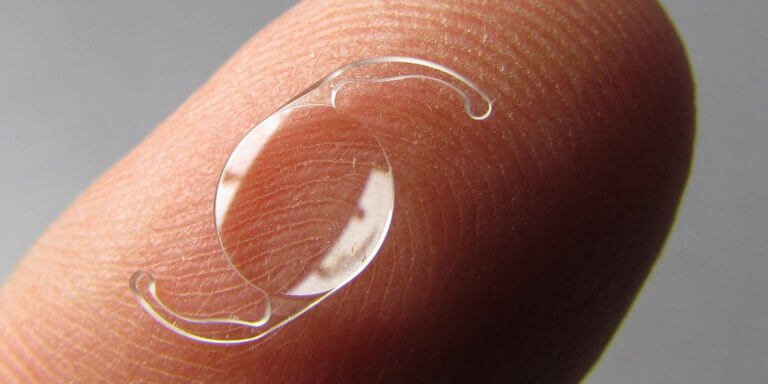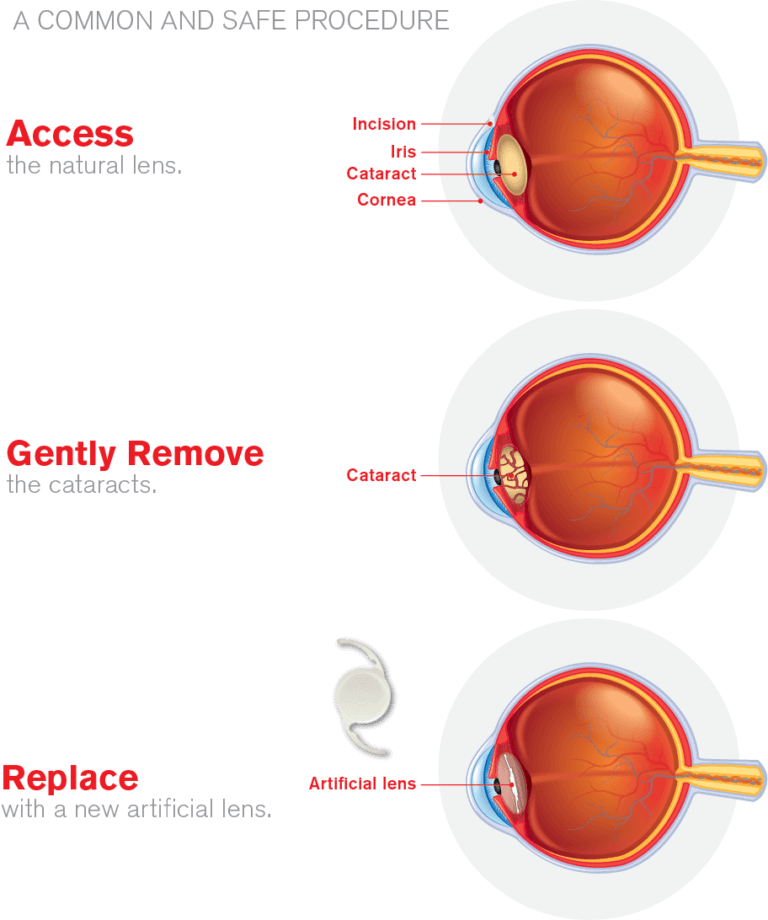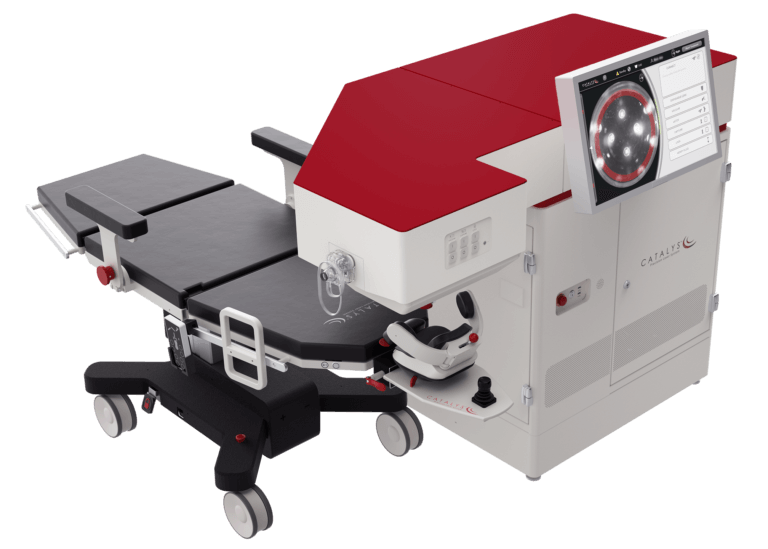

A cataract is a common condition that causes a clouding of the eye’s natural lens, and affects millions of people each year, including more than half of all Americans over the age of 65. Cloudiness develops as a result of a buildup of protein in the lens
Cataracts cause a progressive, painless loss of vision. The lens clouds naturally as we age, causing people over the age of 65 to see a gradual reduction of vision. However, cataracts are not considered part of the natural aging process and are a serious condition that requires prompt medical attention. The exact cause of cataracts is unknown, although it may be a result of injury, certain medications, illnesses (such as diabetes), prolonged exposure to ultraviolet light and smoking.

If visual impairment begins to interfere with your ability to read, work or do the things you enjoy, you may want to consider cataract surgery to restore your vision. Cataract surgery is the most commonly performed surgical procedure in the US, and can be performed quickly and easily with a success rate of over 90 percent and a minimal risk of complications.
Patients with cataracts often do not experience any symptoms when the condition first develops. Cataracts will continue to progress with no apparent pain, although patients may experience:
Dr. Farbowitz may perform a series of tests in order to diagnose a cataract. A dilated eye exam will be performed to test the vision and to examine the condition of the lens and other parts of the eye. Dr. Farbowitz may also perform tonometry, a procedure that measures the pressure in the eye.

Cataract surgery is a minimally invasive procedure that involves numbing the eyes with anesthesia and then making a tiny incision into which an ultrasonic probe is inserted. The probe breaks up, or emulsifies, the cloudy lens into tiny pieces and then suctions them out of the eye. Once the cloudy lens has been removed, a new artificial lens is implanted into the eye. This lens is known as an intraocular lens (IOL), and can often be inserted through the same incision that the old lens was removed from.
Surgery usually takes only a few minutes to perform and is painless for most patients. After the procedure, a patch may be placed over the eye and you will be asked to rest for a while. Patients can return home the very same day, but will need someone to drive them home. For the next few days, you may experience itching, mild discomfort, fluid discharge and sensitivity to light and touch. Dr. Farbowitz may prescribe eye drops to help the healing process and to reduce the risk of infection.

Dr. Farbowitz is proud to have been among the first doctors in New Jersey to offer patients femtosecond laser assisted cataract surgery with the Catalys Precision Laser System. Using this exciting new technology, Dr. Farbowitz can provide a gentle, highly customized cataract procedure with a new level of precision not achievable with traditional manual techniques. Using the Catalys system in combination with multifocal lens implants and treatment of astigmatism, Dr. Farbowitz can perform state of the art cataract surgery, resulting in excellent outcomes for his patients.
Developed by Silicon Valley based Optimedica Corp., Catalys is an FDA market cleared medical device that features a state of the art laser, advanced 3D imaging and many other innovative features that can bring numerous benefits to patients.
Every eye has a unique size and shape. Catalys’ advanced 3D imaging technology builds a 3D map of each eye and tailors the treatment to that map. This enables Dr. Farbowitz to create a customized treatment plan that matches the uniqueness of each eye.
Next, Dr. Farbowitz use Catalys to create a circular opening in the outermost membrane of the cataract in order to access and remove the cataract. Clinical studies have shown that this opening is approximately 10 times more accurate when performed with the laser than what is achievable by hand. Catalys then softens and breaks up the hard cataract into tiny pieces, allowing for gentler, easier cataract removal.
Depending on the patient’s preoperative vision and desired result, Dr. Farbowitz may recommend a tailored treatment plan that could include creating precise laser incisions in the cornea and a premium lens implant such as a multifocal or toric IOL. This tailored treatment may reduce a patient’s need for glasses or contacts after surgery.